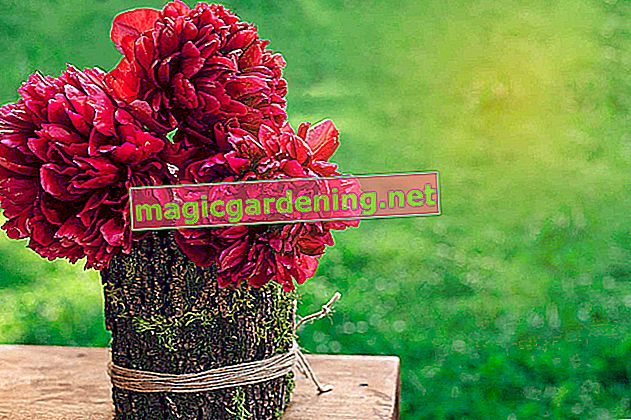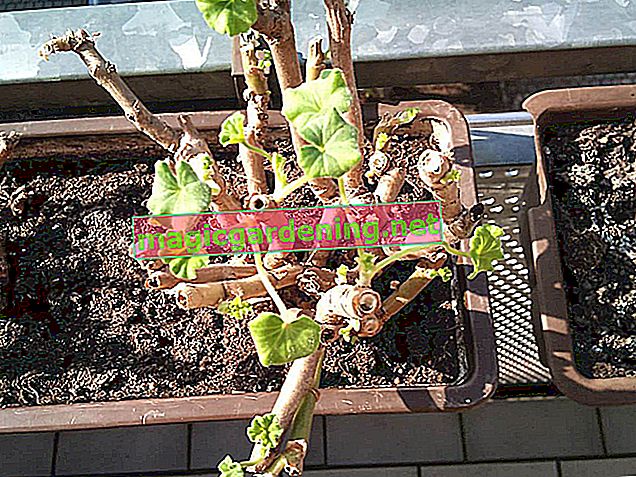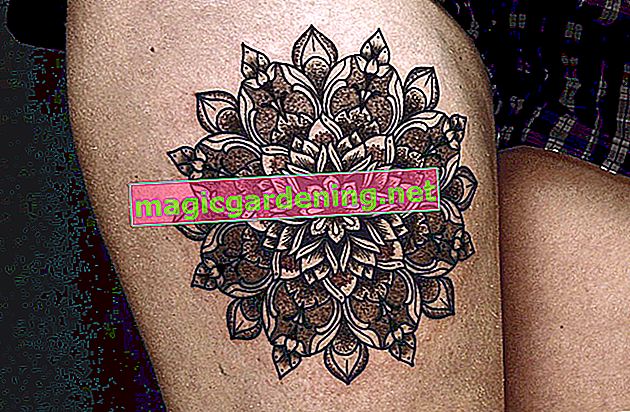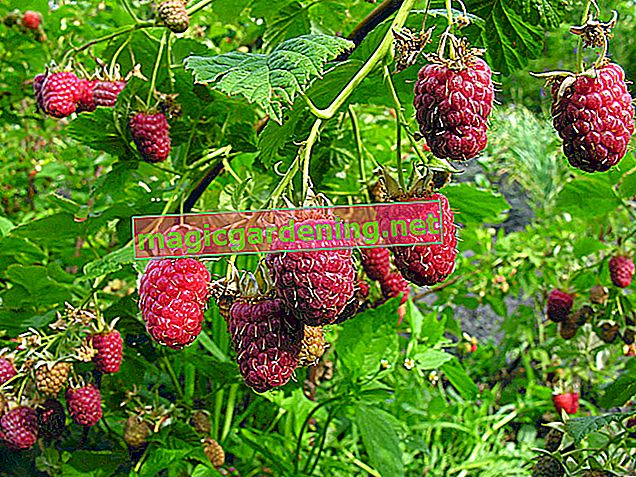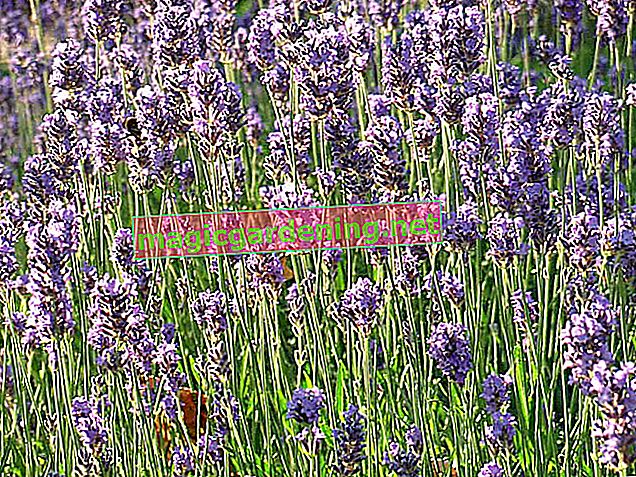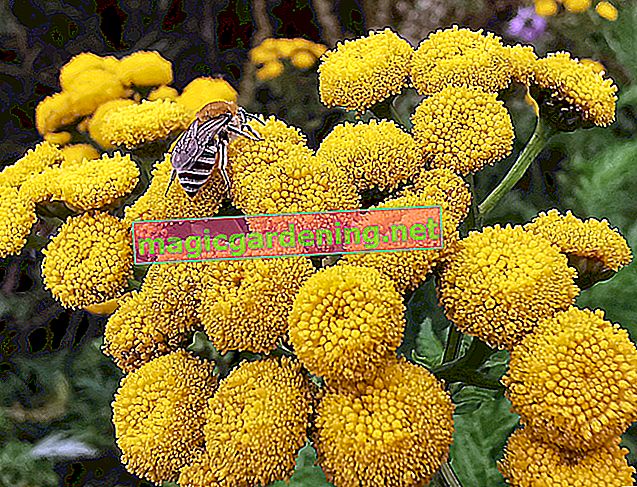
Frequent residents
- Wild bees and wasps
- Earwigs, ladybugs and lacewings
- Butterflies
Wild bees and wasps
Wild bees and wasps use an insect hotel (€ 8.87 on Amazon *) primarily to lay their brood. It is best to provide the appropriate filling material with bamboo tubes, bricks and clay.
also read
- Who moves into the insect hotel?
- Equip the insect hotel appropriately
- Build an insect hotel from a tree slice
Earwigs, ladybugs and lacewings
Ladybugs are very useful helpers in pest control in your garden. Would you like to attract these insect species? Then we recommend fans with straw and wood wool.
Butterflies
Butterflies also enrich your garden both visually and practically. They feel most comfortable in thin branches.
Claims of insects
In addition to the filling material mentioned above, you should consider the following aspects when setting up your insect hotel:
- a warm location
- a lot of sun exposure
- Protection from birds and cats
- a source of food in the area
- Protection against precipitation and moisture formation
Locked holes in the insect hotel
Well, suddenly the bamboo tubes are sealed with a layer of clay? This is a sign that bees have moved into your insect hotel. The seal serves to protect the brood, but is sometimes broken by nest robbers. Limit yourself to your observations and do not open the nest locks even if they have persisted for months. The larvae behind it are still alive.
Clean insect hotel?
An insect hotel should be as natural as possible. Chemical cleaning agents have no place in the shelter. The optics don't always have to be great either. The main thing is that the residents feel comfortable. Intervene as little as possible in what is happening.
Sometimes, however, unwanted guests such as spiders also move into the insect hotel. In this case, you are doing the insects a favor by removing the netting regularly.

